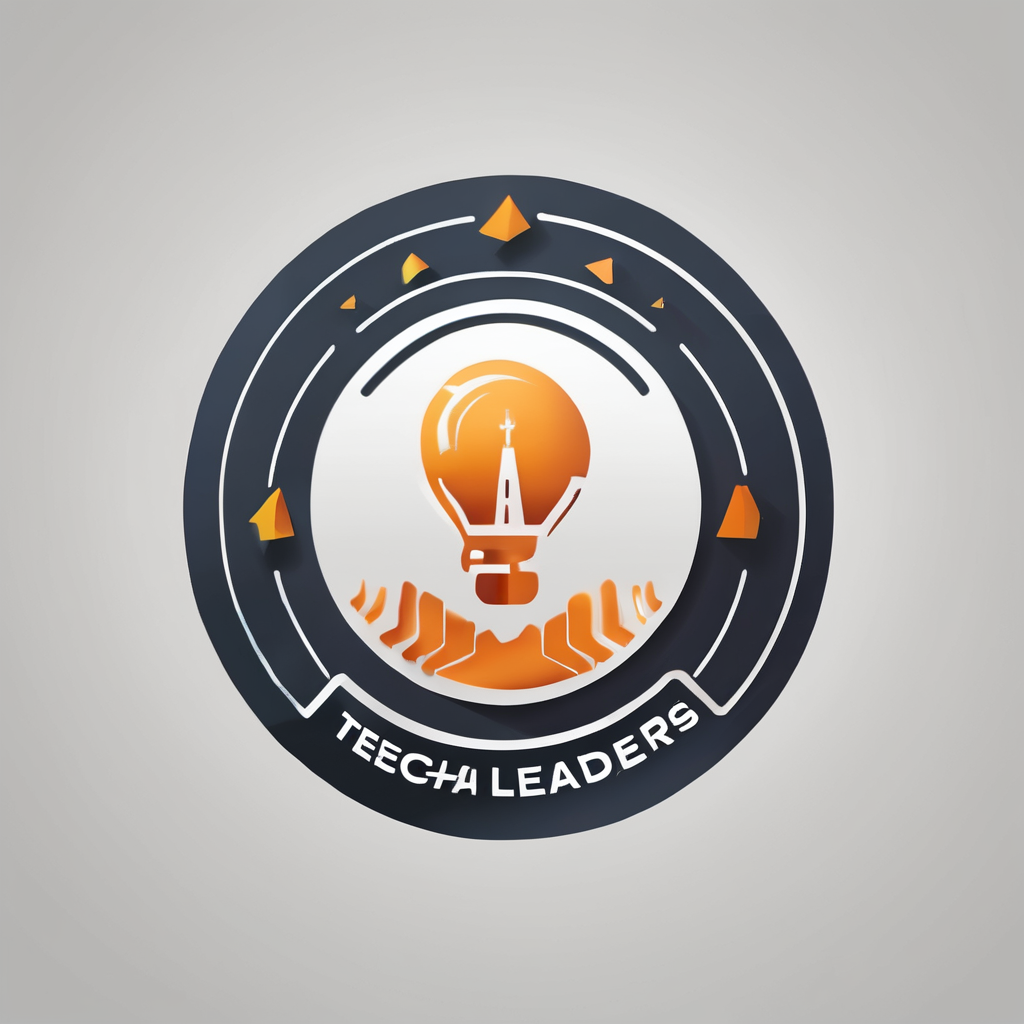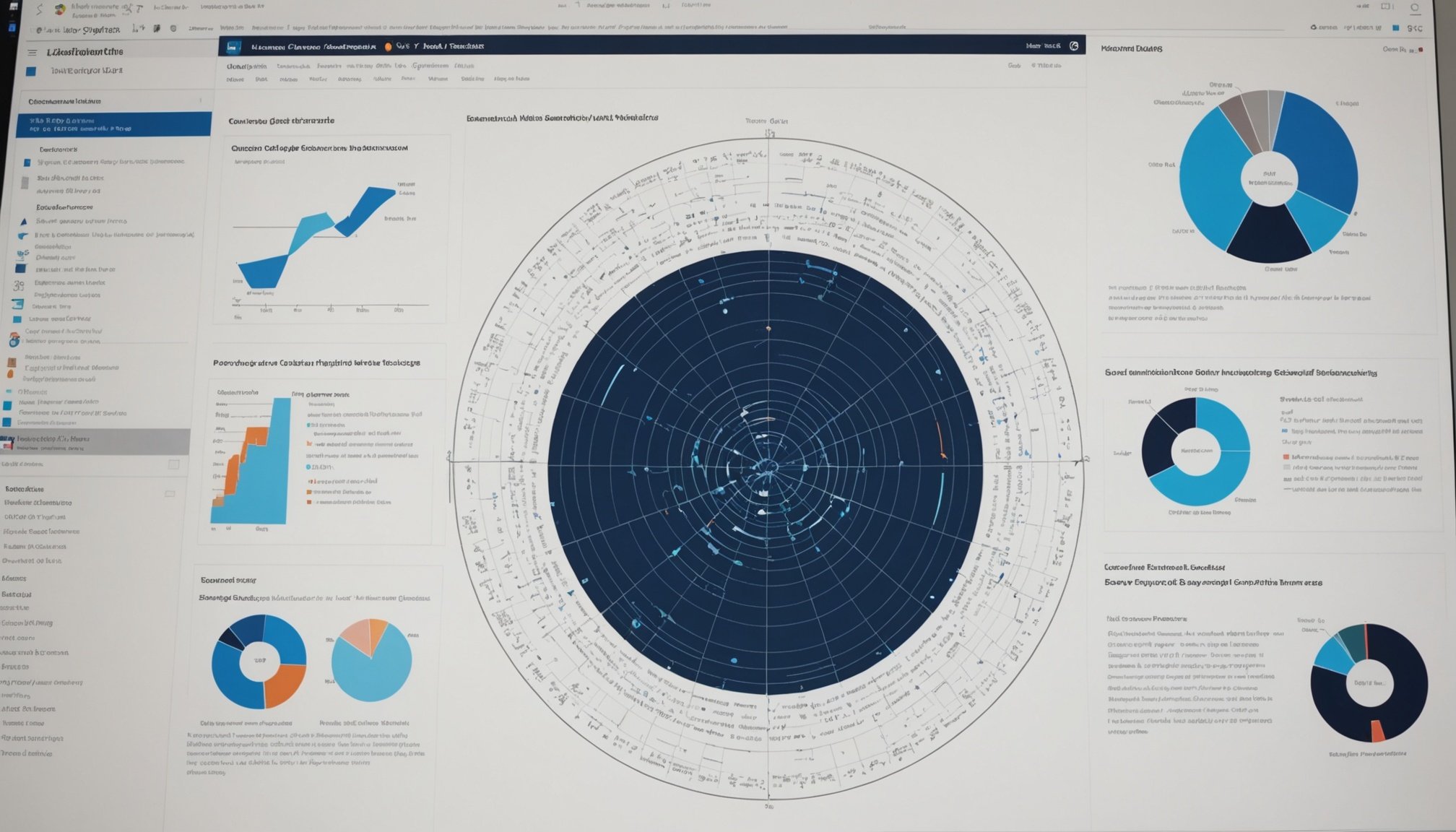Overview of Data Visualization in Research
Data Visualization is a powerful tool in research, playing a crucial role in transforming complex datasets into comprehensible formats. It allows researchers to uncover patterns and insights that might be hidden within raw data. By presenting data visually, complex information becomes more accessible, enabling researchers to communicate their findings effectively and ensure clarity.
At the forefront of advancing data visualization techniques is the esteemed Oxford Institute. This institution has been instrumental in developing innovative methods to represent data, thus elevating research efficacy. Their contributions have advanced the field by incorporating cutting-edge technology and fostering an environment that encourages exploring novel visualization strategies.
Also read : Email checker made easy: validate emails for free today!
The importance of visualizing complex data cannot be overstated. Visual representation aids researchers in distilling vast amounts of information into digestible insights. Such clarity is indispensable, not only for the researchers themselves but also for stakeholders, policymakers, and the general public who rely on research findings to make informed decisions.
The Oxford Institute’s role in this domain is particularly significant, as it continues to push boundaries and set standards for effective data communication in research. Their commitment to excellence ensures that researchers are equipped with the best resources and methodologies available for data visualization. This results in enhanced understanding and accessibility of complex scientific data.
In the same genre : Maximizing Market Impact: Innovative Data-Driven Customer Segmentation Tactics for Swansea Travel Agencies
Innovative Techniques in Data Visualization
As research constantly evolves, so do innovative data techniques that aid in deciphering the wealth of information available. A pivotal component of these advancements is the development of interactive data dashboards, facilitating real-time analysis. By enabling researchers to manipulate and explore data dynamically, these dashboards provide instantaneous visualization methods that can uncover insights otherwise buried in static representations.
One notable method is geospatial mapping, a powerful tool for location-based research insights. By visualizing geographic data, researchers can identify spatial patterns and relationships that enhance the contextual understanding of research subjects. This technique is especially beneficial for studies concerned with climate, health, or urban development.
In addition to these advanced methods, infographic representation plays a crucial role in communicating research findings effectively. Infographics encapsulate vast and complex data into digestible visuals, making them an excellent medium for sharing insights with both expert audiences and the general public. The combination of graphics and concise information ensures clarity and engagement, critical for comprehensive research applications.
These methods collectively underscore the importance of applying innovative techniques to elevate data comprehension and communication, strengthening the connection between information and interpretation in research initiatives.
Case Studies from the Oxford Institute
In exploring the transformative power of data visualization, the Oxford Institute stands out through its pioneering case studies. These data projects serve as exemplary models, showcasing the successful integration of advanced visualization techniques in research.
One significant project involved the analysis of global health data. By employing innovative visualization tools, researchers uncovered hidden trends that traditional methods failed to identify. This project not only highlighted the effectiveness of visualization techniques but also demonstrated their ability to refine data insights and inform public health strategies.
Another case study, focusing on urban development, utilized geospatial mapping to visualize city expansion and land use changes. Through these methods, researchers gained valuable insights into urban growth patterns, influencing policy decisions for sustainable city planning. Such projects underscore the pivotal role of visualization methods in solving complex, real-world problems.
The lessons learned from these research examples stress the necessity of adopting advanced visualization strategies. By doing so, researchers can achieve more precise analysis and actionable insights, ultimately driving research efficacy. These success stories from the Oxford Institute serve as an inspiration and blueprint for effectively utilizing data visualization in varied research contexts.
Benefits of Data Visualization for Researchers
Data visualization profoundly enhances how researchers approach complex datasets, sharpening research efficiency and facilitating insight discovery. One of the primary benefits lies in improved decision-making processes. By transforming raw data into visual formats, researchers can instantly grasp trends and anomalies, ensuring timely and informed decisions. The visual representations simplify complex datasets, making patterns and relationships apparent at a glance.
In research settings, collaboration among teams and stakeholders is pivotal. Data visualization acts as a universal language, bridging gaps between diverse team members and stakeholders by providing a clear understanding of the data and its implications. This clarity fosters effective communication and enhances collaboration, as teams can align their interpretations and strategies based on visualized insights.
Moreover, the ability to visualize data goes beyond mere representation; it becomes a tool for generating hypotheses and exploring new research avenues. Visual data interpretation aids in digging deeper into the dataset, uncovering insights otherwise concealed in traditional analysis methods. This dynamic approach to examination enables researchers to develop more comprehensive hypotheses and identify trends and anomalies that might be overlooked, driving a more profound understanding of the subject matter.
Tools and Software for Data Visualization
In the world of data visualization, selecting the right tools and software can significantly enhance research efficiency. Among the popular choices for researchers at the Oxford Institute are robust software applications that cater to a wide range of data visualization needs.
Popular Visualization Software
Widely used software includes Tableau, Power BI, and D3.js. These platforms offer advanced features for creating interactive visualizations and are renowned for their user-friendly interfaces. They allow researchers to transform and present complex datasets with ease, facilitating better comprehension among diverse audiences.
Emerging Technologies in Data Visualization
Emerging technologies like VR-based visualization tools and AI-driven analytics are revolutionizing how data is represented. These innovations provide more immersive and intelligent insights, enabling researchers to explore data from multifaceted perspectives, thus enriching their research applications.
Best Practices for Implementing Visualization Tools
To maximize the benefits, researchers should follow best practices when implementing these tools. This includes ensuring data integrity, choosing the right visualization types for their data, and fostering team training to fully exploit these applications’ capabilities. By integrating these tools effectively, researchers can amplify their insight discovery and streamline their workflow, ultimately driving more informed and impactful research decisions.
Visual Examples and Diagrams
Visual aids play a crucial role in presenting complex data, making it easier for audiences to digest intricate information. Different types of visual examples can greatly impact how data representations are perceived and understood in research contexts.
Types of Diagrams and Visuals in Research
Commonly used visuals include bar charts, line graphs, pie charts, and scatter plots. Each type serves a specific purpose. For instance, line graphs are efficient for showing trends over time, whereas bar charts are ideal for comparing different groups. In contrast, scatter plots can be used to illustrate relationships between variables. These diagrams are not only visually appealing but also serve as powerful tools for effective data representation.
Contributing to Audience Understanding
By utilising these visuals and diagrams, researchers enhance the audience’s understanding and engagement. Visual representations simplify text-heavy reports, allowing stakeholders to quickly interpret complex research findings. In combining aesthetics with data, visuals foster a deeper connection between the information presented and the audience’s comprehension, often resulting in better engagement and informed decision-making related to research insights.











